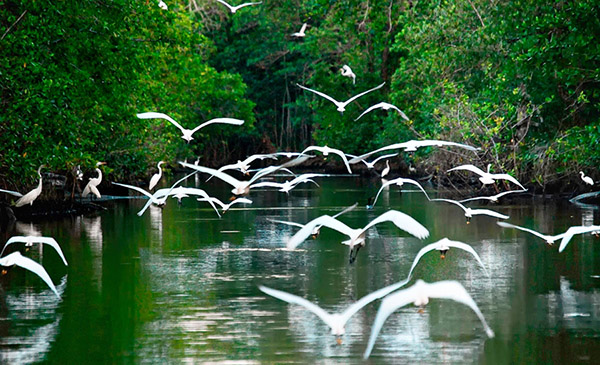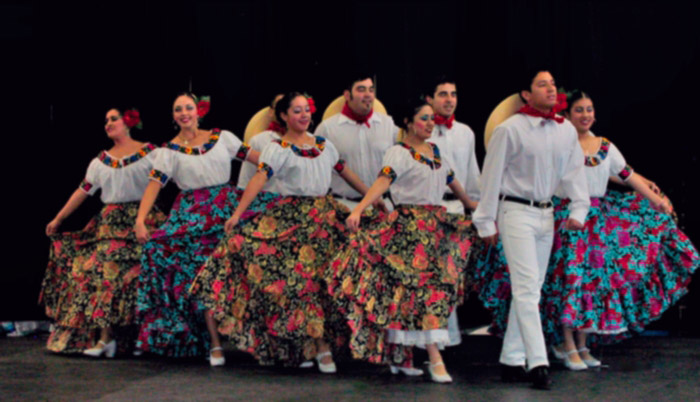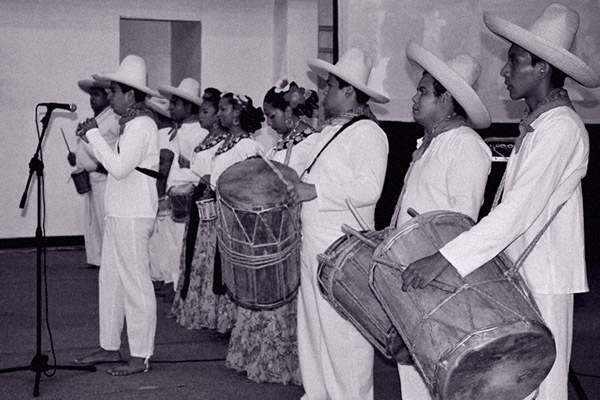The Mexican Garden of Eden
Tabasco is a southeastern state that not only boasts a breathtaking tropical vegetation, but around 1500 B.C. was the home of the Olmeca civilization (Nahuatl: From where the rubber grows) the mother culture of Meso-America. Vestiges of this civilization can be found resting in the soft alluvial floor of the state. Tabasco's name origin is till under discussion among linguists and historians, but here are some possibilities:
• Tlapalco - Nahuatl: Humid place
• Tlapachtli - Nahuatl for Spanish moss
• Tlahuashco - Nahuatl for Place with an owner
• Tabs-coob - Mayan name of the local indigenous leader found by the Spaniards upon their arrival




